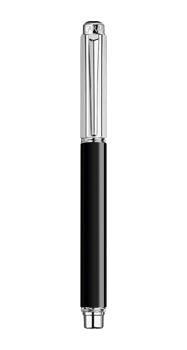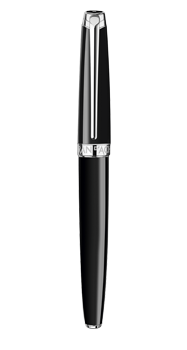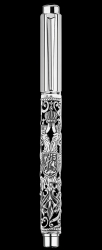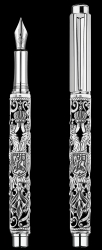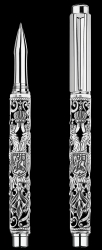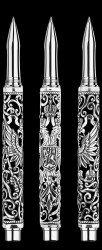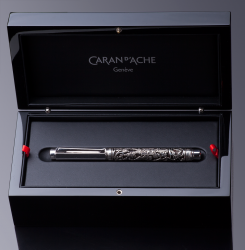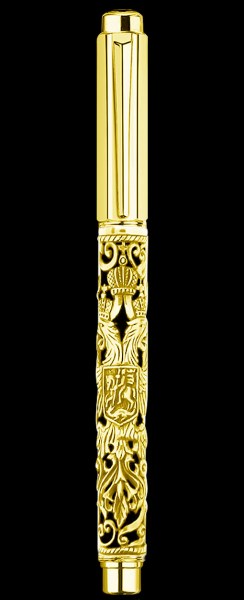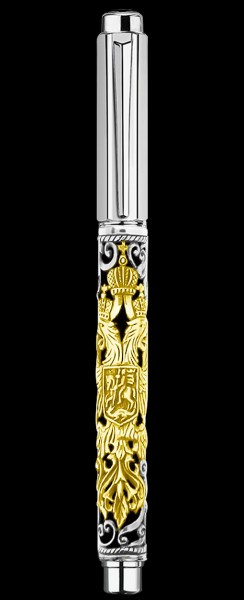Russian eagle
Description
The long history and power of Russia
The two-headed eagle of the Russian empire dates to the Early Renaissance. It has traversed reigns and governments since the marriage of Sophia Palaiologina, niece of the last Byzantine emperor, to Russian Emperor Ivan III in 1472. By adopting the coat of arms, the Emperor added the prestige of the Byzantine Empire to the Russian dominion.
Grandeur in a coat of arms
The two crowned eagle heads represent the Russian Empire’s expanse to two continents: Europe and Asia. The golden orb and scepter grasped in its claws symbolize the power of the Orthodox Church and that of the Tsar. The shield bears the image of the patron saint of the Slavs and of knights: St George of Lydda, the dragon slayer.
A powerful symbol for majestic writing
The two-headed eagle spreads its magnificent wings across the black lacquered body of Caran d’Ache’s Varius model, either in 800 silver or 18k gold. The precious metals bring a rich touch to this powerful, historical symbol.
This writing instrument is a limited edition of 1,472 pieces, harking back to the year in which the two-headed eagle entered Russia’s history.



